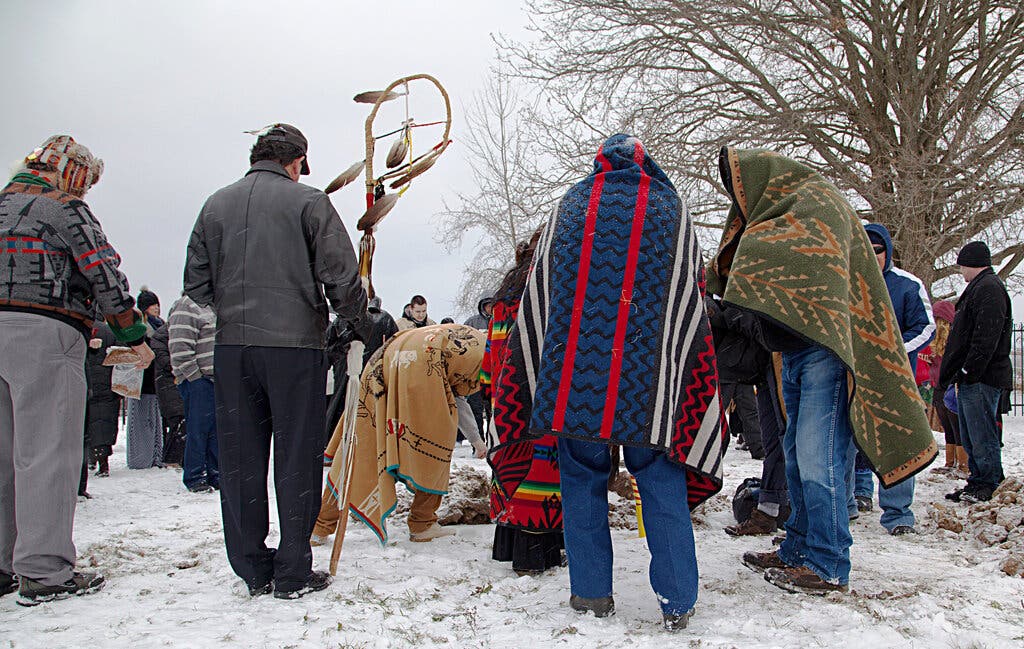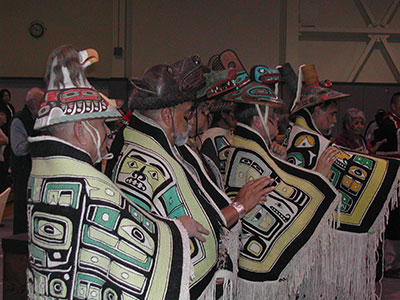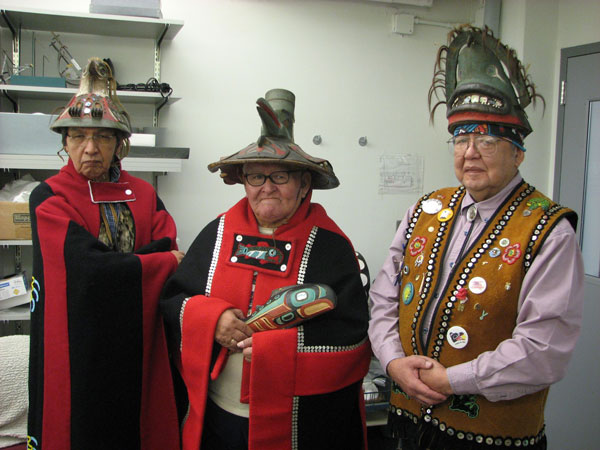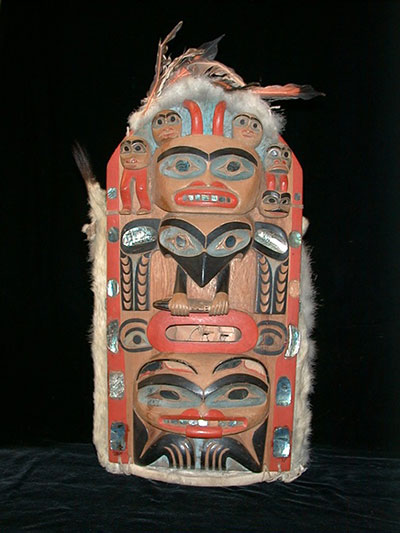Healing Through Repatriation: the Debates and Diplomacy Behind the Native American Graves Protection and Repatriation Act
The Road Home
NAGPRA’s passage led to many successful instances of diplomacy between museums and tribes.

"Saginaw Chippewa Indian Tribe Reburial Ceremony." Marcella Hadden / New York Times, 2014

"Kaagwaantaan Centennial Potlatch Celebration." Penn Museum, 2004
"Human remains and cultural objects long believed to be lost are returned and offer priceless opportunities for healing, education, and community-building. New partnerships are formed offering opportunities for information-sharing and engagements."
~ NAGPRA Grants Program
"Our conversations and efforts are not always easy, yet consultation visits are consistently positive and result in the posting of more accurate notices in the Federal Register, successful repatriations, and the building of new relationships."
~ Penn Museum
A local example of diplomacy is successful consultations between The University of Pennsylvania Museum of Archaeology and Anthropology and the Tlingit Tribe of Alaska. In 2004, the Museum temporarily loaned several clan hats to the tribe for use in a potlatch. In 2011, eight items were found to meet the NAGPRA standards and were repatriated. In 2016, two clan hats were repatriated.

"Tlingit consultation visit with Andrew Gamble, Jr. (Kaagwaantaan clan leader), Herman Davis (L'ooknax. ádi clan leader), and Tom Young (Kaagwaantaan Box House leader)." Penn Museum, 2008.

"The Ravine Frontlet Headdress." Penn Museum, 2011
"State Museum of Pennsylvania consultation with Delaware Tribal elders." State Museum of Pennsylvania, 2011
The Delaware Tribe and the Delaware Nation, successors of the Lenape people of Pennsylvania, reclaimed ancestral remains and associated cultural and funerary objects from the State Museum of Pennsylvania in Harrisburg in 2000.
"We have had numerous consultations with the Delaware Nation, Delaware Tribe of Indians, and the Stockbridge Munsee Community in preparing for reburial of remains and repatriation of these grave goods and sacred or ceremonial objects ... Reburial of their ancestors is an important step in the healing process and I feel out of respect and honor of their past that we should provide the tools necessary to complete this repatriation."
~ Janet Johnson, Curator at the State Museum of Pennsylvania